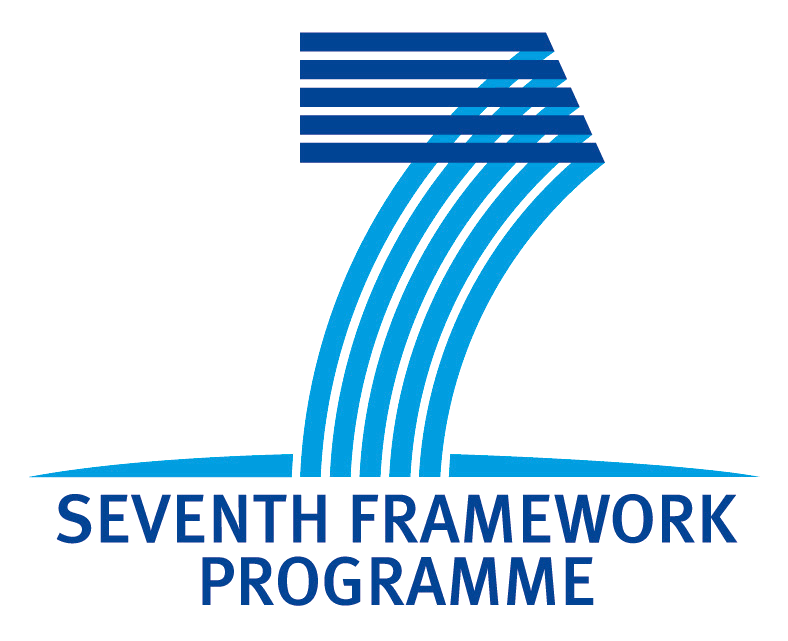3. KRI Specification
The objective of this section is to introduce the KRI specification - the technology building blocks, overall architecture, standards used, query languages and inference rules. It describes how to modify the KRI, how to change the default underlying ontology and database, and how to adjust the inference rule-set of the OWLIM semantic repository.
A demo of the KRI is running on http://molto.ontotext.com.
The KRI is responsible for the storage and retrieval of content metadata, background knowledge, upper-level ontology, and other possible data, if available (users and communities), and exposes convenient methods for interoperability between the stored knowledge and the toolkit for rendering natural language to machine readable semantic models (ontologies) and vice versa.
The KRI includes:
- OWLIM — a semantic repository that stores all structured data such as ontologies, background knowledge, etc., and provides SPARQL query mechanism and reasoning.
For more details about the OWLIM architecture and function, please see the OWLIM section. - RDFDB — an API that provides a remote access to the stored structured data via JMS.
For more details about the RDFDB architecture and function, please see the RDFDB section. - PROTON Ontology — a light-weight upper-level ontology, which defines about 300 classes and 100 properties, covering most of the upper-level concepts, necessary for semantic annotation, indexing and retrieval.
- KRI Web UI — a UI that accesses OWLIM through the RDFDB layer. The web UI gives the user the possibility to browse the ontologies and the database, to execute SPARQL queries, etc.
For more details about the KRI Web UI, please see the KRI Web UI section.
- Printer-friendly version
- Login to post comments
- Slides
What links here
No backlinks found.


